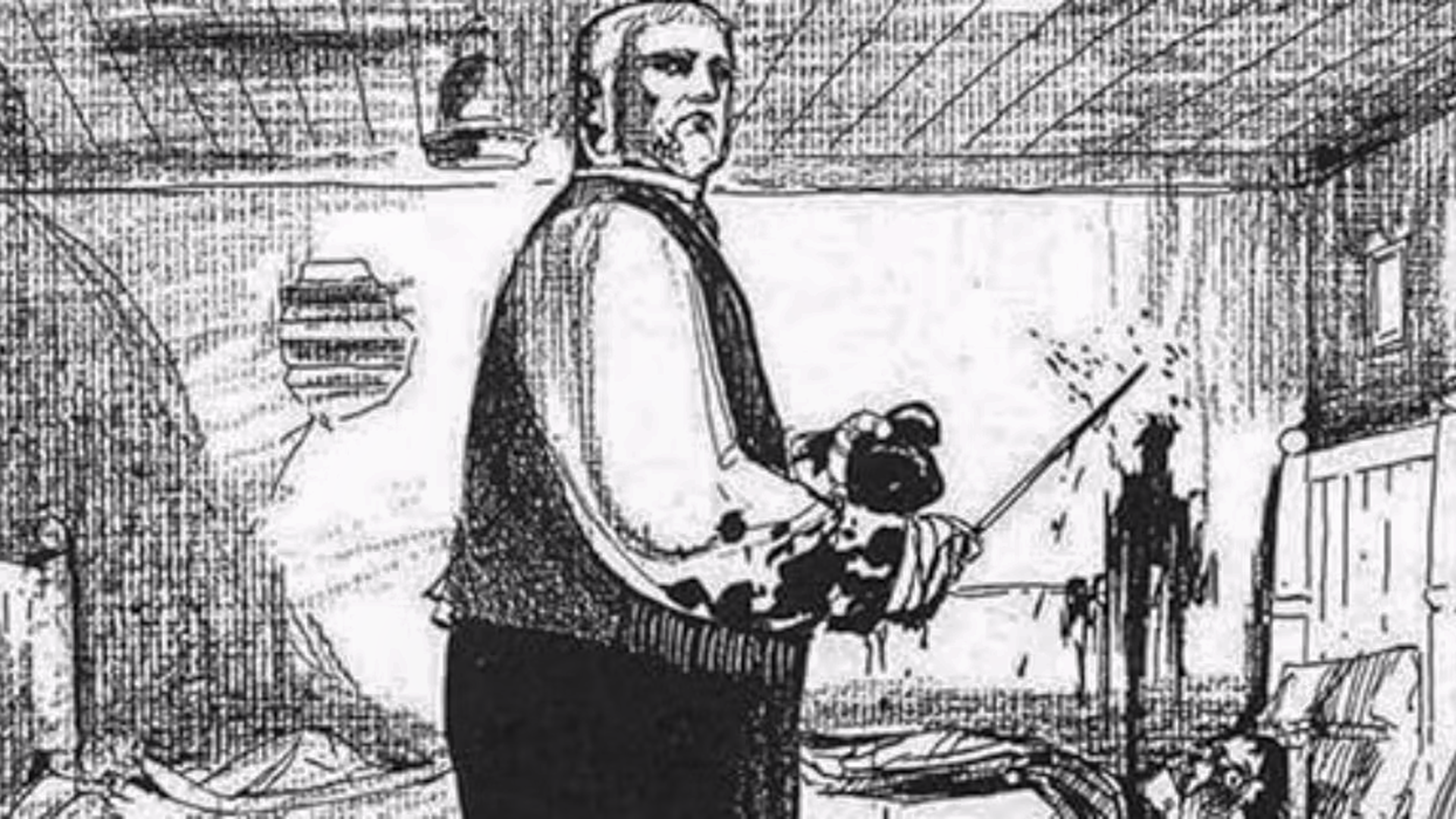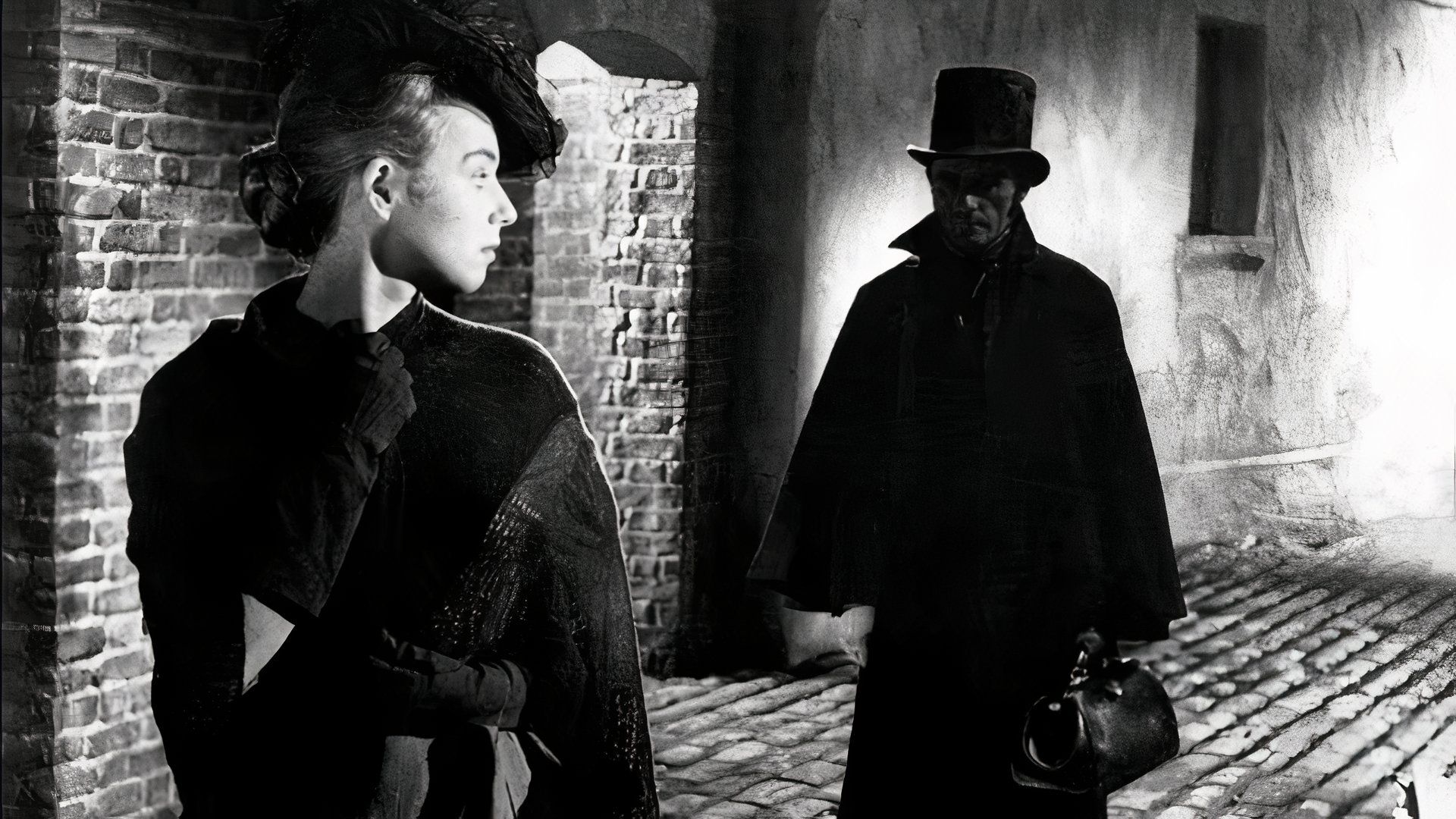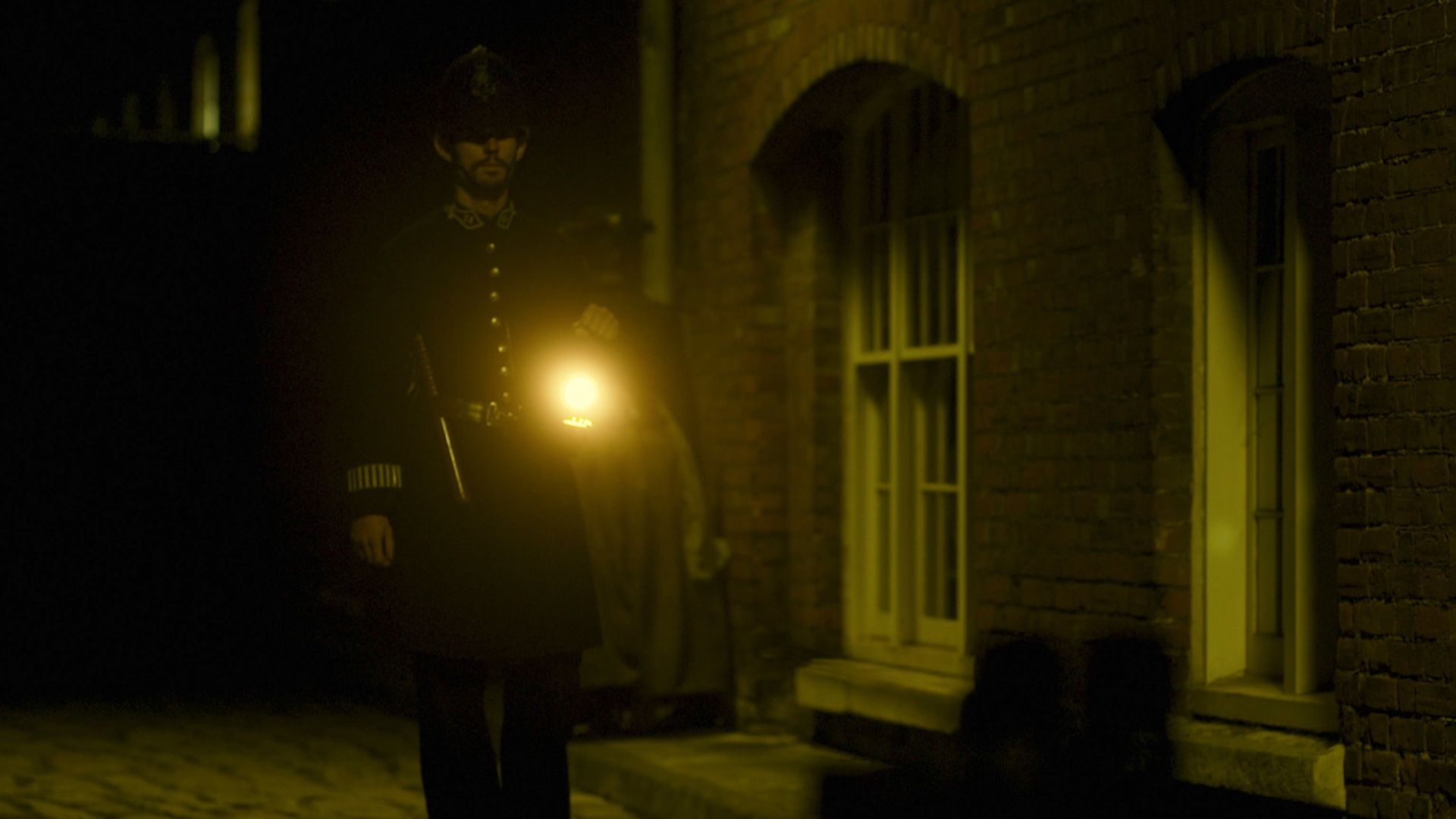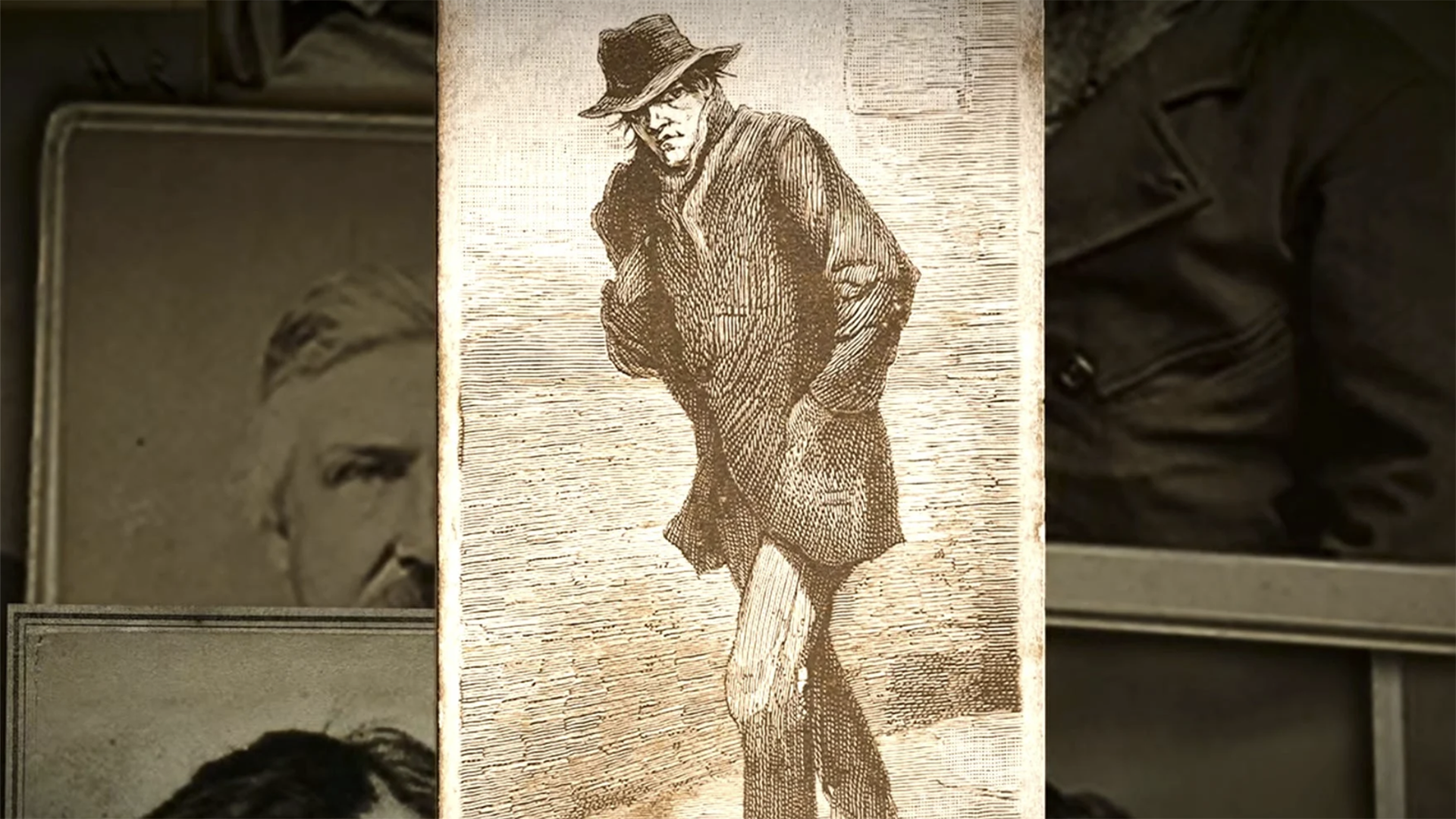The film has a 90% audience rating on Rotten Tomatoes, Netflix Season 4 of Unsolved mysteries The series continues to captivate audiences eager for a mix of true crime mysteries and stories about unexplained phenomena. The new season begins with a deep dive into one of the most famous cold cases in history: Jack the RipperThe identity of this elusive killer has remained one of the greatest unsolved mysteries in modern history, inspiring countless books, films and television series over the past 138 years. While most people picture the killer as a disguised figure in a tall hat roaming the streets of London, no one really knows what the real Jack the Ripper looked like.
The first episode of the Netflix series takes a fresh look at the case, exploring four key suspects while examining new theories that challenge long-held assumptions about Jack the Ripper’s identity. The notorious serial killer terrorized London in 1888, murdering at least five women – referred to at the time as “the unfortunates” – in the Whitechapel area. The episode examines the brutal manner in which each victim was killed before posing the biggest question of all: Who was Jack the Ripper?
Jack the Ripper killed more than five women.
According to experts interviewed for the episode, Metropolitan Police files reveal that Detectives investigated 11 murders in the Whitechapel area between April 1888 and February 1891.with suspicion that Jack the Ripper had more than five victims. However, Only five women are considered the “canonical five victims.” His known victims are listed by historians as Mary Ann “Polly” Nichols, Annie Chapman, Elizabeth Stride, Catherine Eddowes, and Mary Jane Kelly. Other suspected victims mentioned in the Whitechapel murder files include Martha Tabram, who was stabbed 39 times.
One aspect that has been explored in Unsolved mysteries The episode is the media's interest in the issue. Since the 1870s, The press and popular authors such as Charles Dickens helped create a public image of East London as a hotbed of crime and evil.This prompted wealthy people to venture into Whitechapel out of curiosity to tour the slums. After the killings began, The popular press made a big fuss about the Jack the Ripper investigations. In 1888, these events sparked fear and public interest internationally, attracting more wealthy spectators.
Because the police refused to share information with reporters, reporters began exploring the East End, interviewing potential witnesses and identifying suspects, many of whom had nothing to do with the case. According to historians featured in the episode, This shock journalism helped shape the legend of Jack the Ripper, but it also distorted the facts about the case..
This is also one of the reasons why the “Dear President” letter sent to the Central News Agency in London It is widely believed that the person claiming to be Jack the Ripper is a hoax.Although the killer has not been caught, many theories have emerged about his identity, including suspects ranging from immigrants to members of the royal family. This episode of Unsolved mysteries He introduces some of these prime suspects to his audience.
The killer was initially referred to as the Leather Apron.
The first suspect discussed in Unsolved mysteries The episode is a character known as “Leather Apron”, a nickname given to a man who was said to have been seen harassing sex workers in Whitechapel around the time of the murdersAfter the first victim, Polly Nichols, was found on August 31, 1888, police focused on this mysterious figure. A leather apron was found near the site of the second murder, which only fueled suspicions.
Eventually, a man named John Beazer was arrested on suspicion of being a “leather apron”. However, Beazer was later released on the strong grounds that there was no evidence to convict him. The case against Beazer exemplifies the challenges faced by police at the time – dealing with a lack of forensic science and working under public pressure and fear.
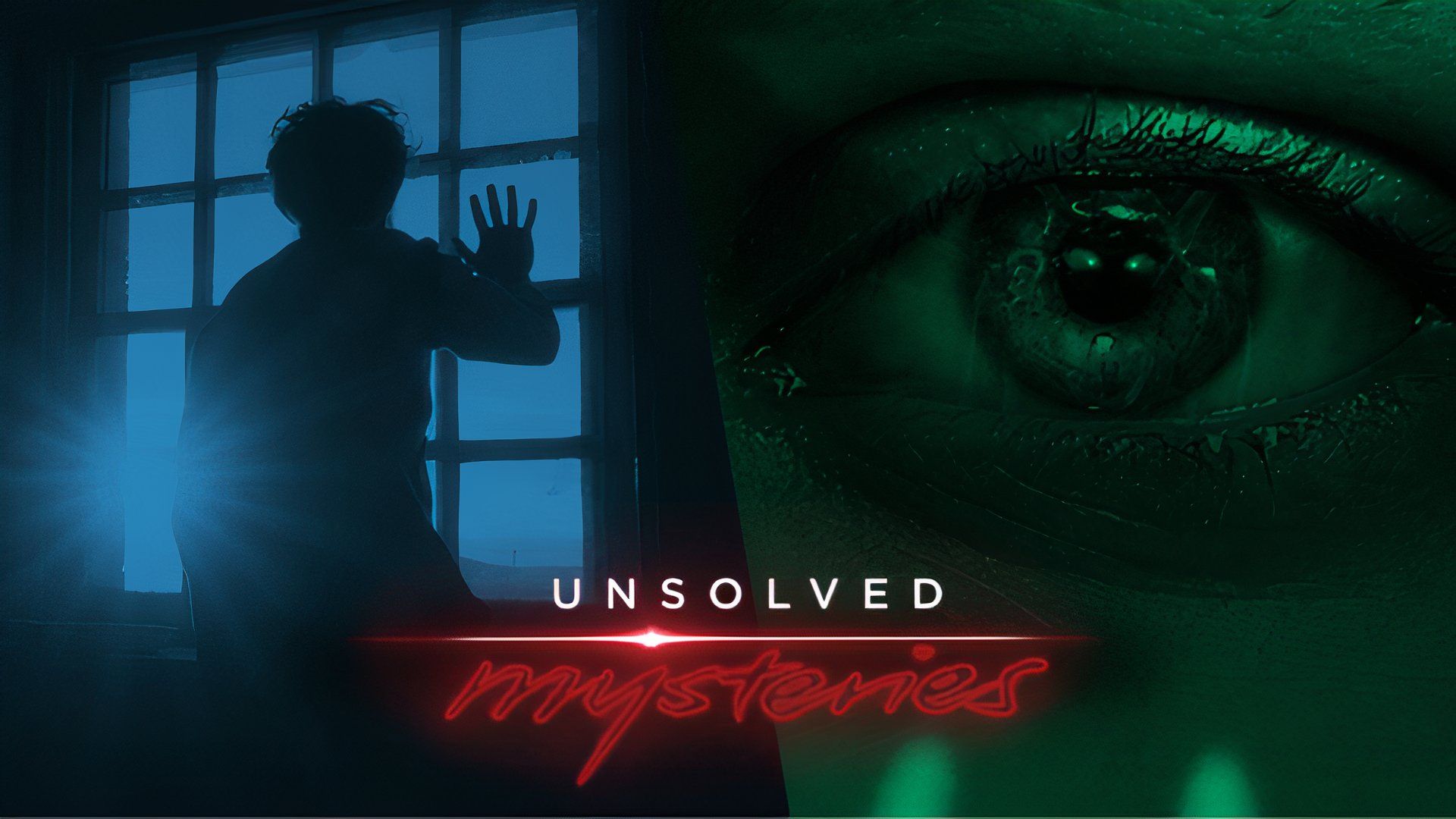
Related to
Why Fans Feel That One Episode of Unsolved Mysteries Was Wasted
The fourth installment of the Unsolved Mysteries series, episode one, revolves around a known serial killer, but some fans feel the episode was pointless.
An American doctor is the prime suspect for many.
Another compelling theory examined in the episode revolves around Dr. Francis Tumblety, an American physician who was in London at the time of the murders.Tumblety was a controversial figure, known for his misogynistic views and bizarre behavior. He was even rumored to have kept jars of surgically removed wombs in his office. These gruesome details are consistent with the nature of the Ripper's crimes, as The victims were mutilated in a manner that suggested medical knowledge..
Tumblety was arrested in connection with the Whitechapel murders in November 1888 but was released on bail and fled to the United States. His escape and death in 1903 in Rochester, New York, add to the mystery. The timing of his departure from London also coincides with the sudden disappearance of the killer.Which has left some to speculate that the American doctor may be the serial killer.
The notorious killer may have been a teacher.
Montague John Druitt, a lawyer and schoolteacher, is another suspect highlighted in the series.Druitt was dismissed from his teaching position under mysterious circumstances in November 1888, Shortly after the Ripper's final murder, his body was found floating in the River Thames. A month later, he was believed to have committed suicide. Assistant Chief Constable Melville Macnaghten noted in a memo that Druitt's family suspected he was the Ripper, citing his alleged sexual insanity as a motive.
However, this theory is not without flaws. Chief Inspector Frederick Abberline, who led the investigation, expressed doubts that Druitt was the killer, noting that There was no concrete evidence linking him to the crimes.The theory that Druitt was the Ripper relies largely on circumstantial evidence and the timing of his death.

Related to
One episode of unsolved mysteries haunts me more than any other.
Of all the Unsolved Mysteries episodes on Netflix so far, this one will scare the crap out of you.
The Polish immigrant had also long been a prime suspect.
The final suspect explored in the episode is Aaron Kosminski, a Polish Jewish immigrant who lived in the Whitechapel area and was known for His erratic behavior. Kozminsky was committed to a mental institution in 1890 after threatening his sister with a knife, and remained there until his death in 1919. Assistant Chief of Police Melville MacNaghten identified Kozminsky as a suspect, citing his misogynistic tendencies and history of mental illness.
In 2014, author Russell Edwards claimed to have discovered DNA evidence linking Kosminski to one of the Ripper's victims.However, the evidence has been challenged due to possible contamination of the shawl found with DNA. Despite these claims, Kosminski's guilt remains unproven, and the mystery of Jack the Ripper remains.

